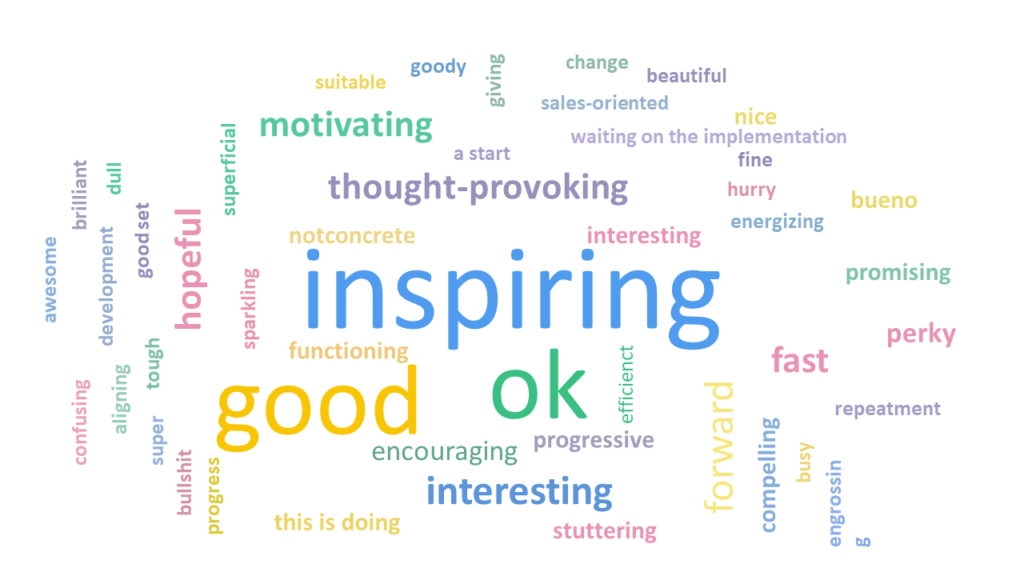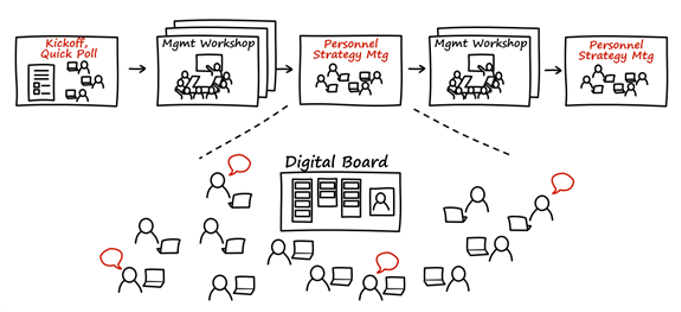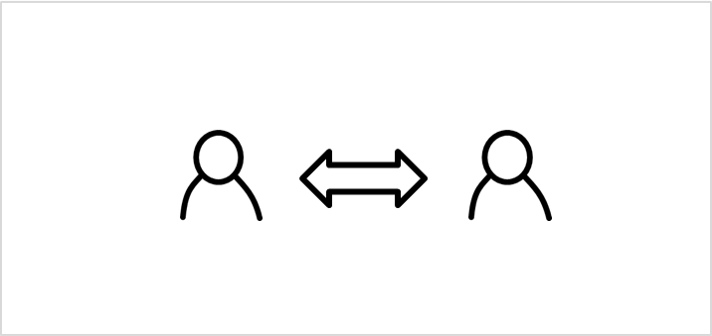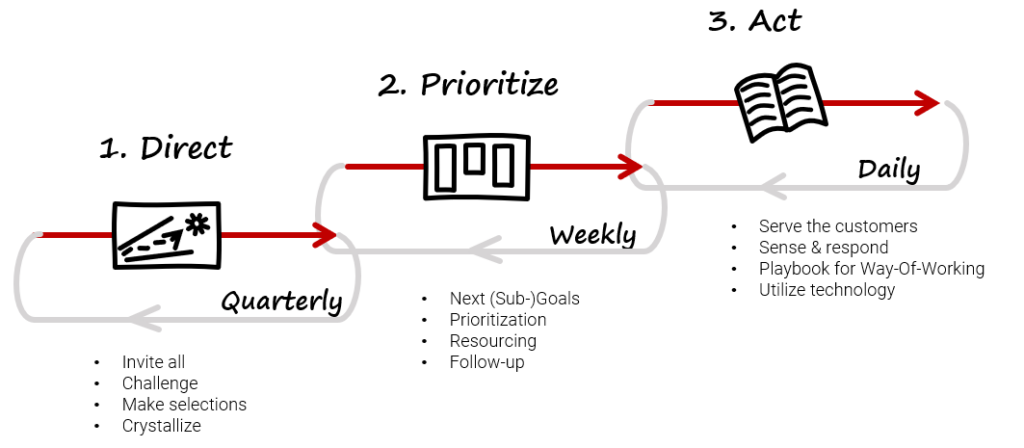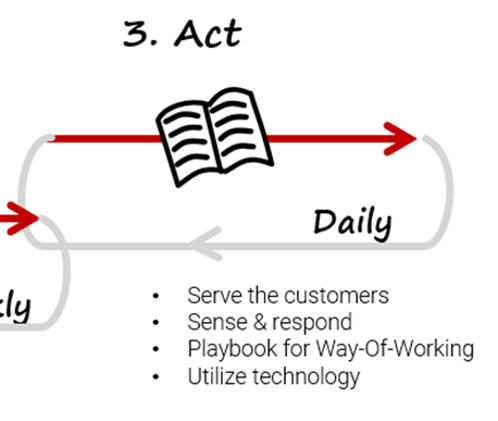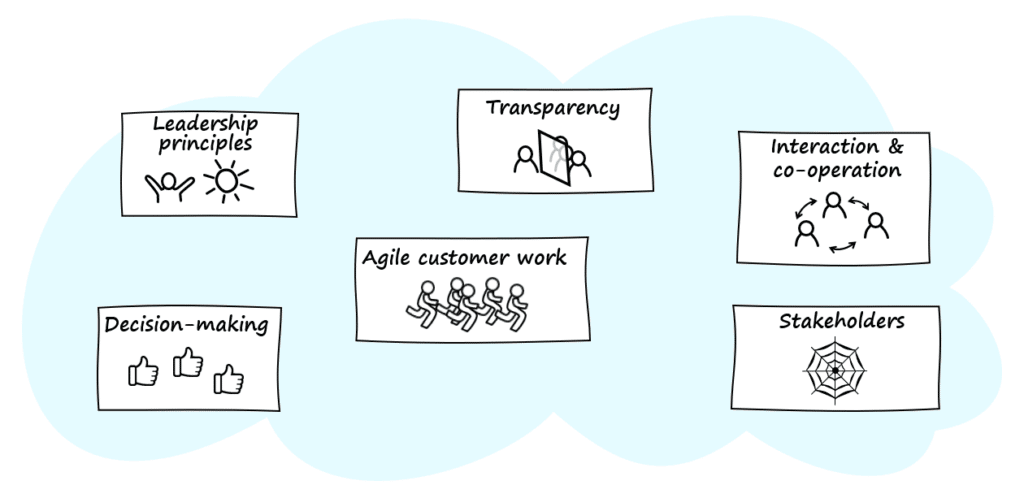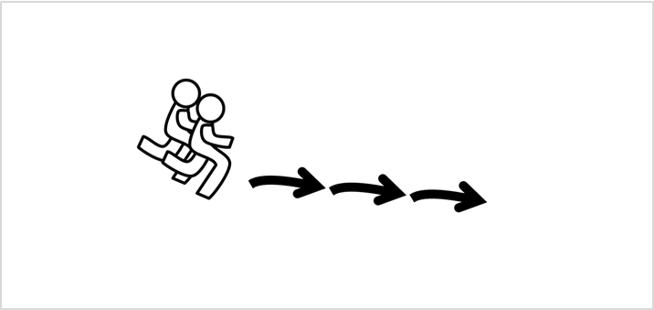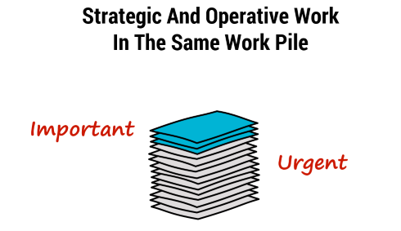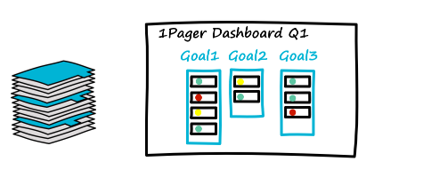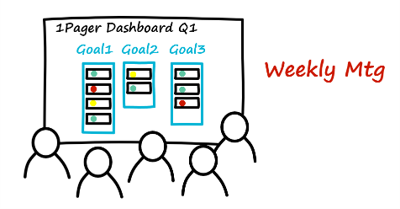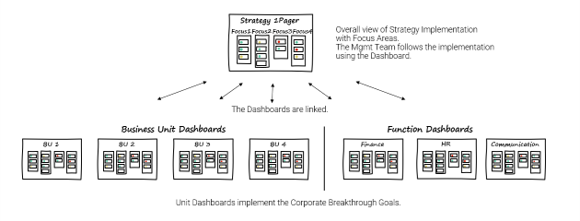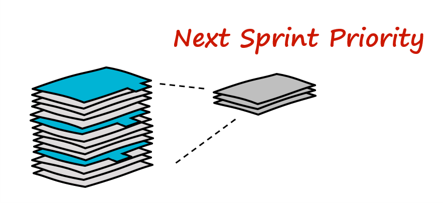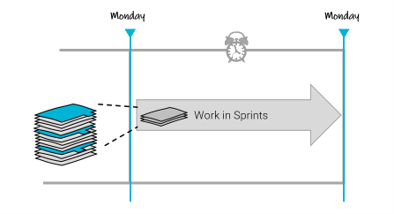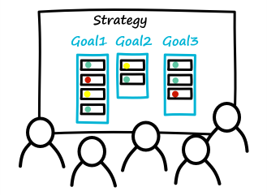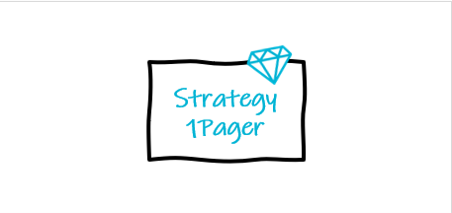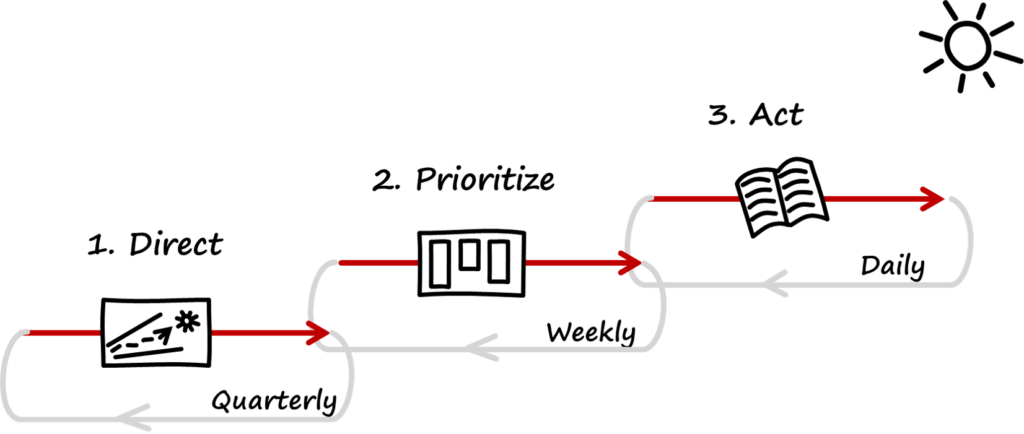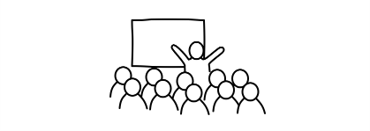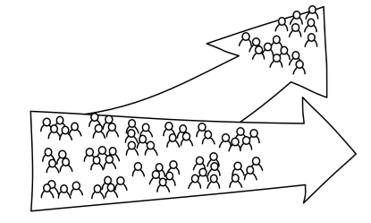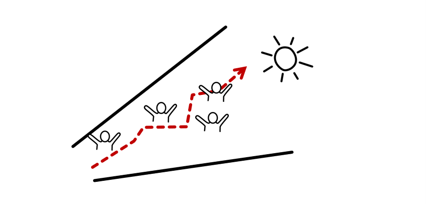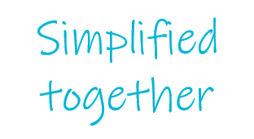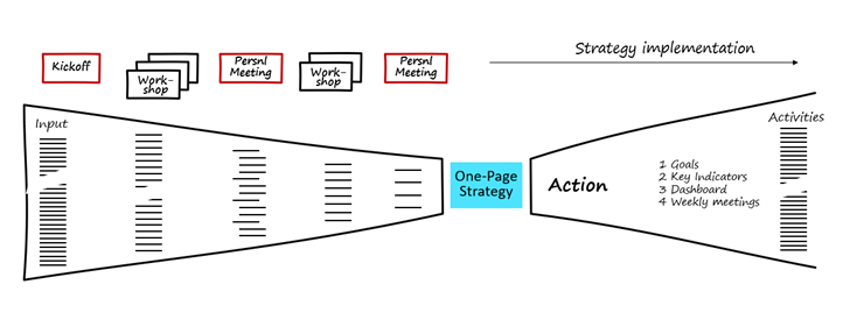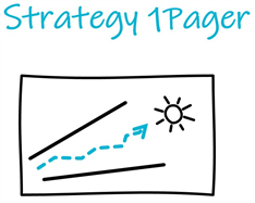
Customer Segmentation — 5.03
Markus Westerlund
Share this blog
Today’s topic is customer segmentation. Do you know what the definition of work is? Work is about removing people’s troubles and worries. These people are called customers. Customers’ have different types of worries, because everyone is an individual. It would be easy if we could sell the same product to everyone! Then we could specialize only in one service or product. What could we do to get efficiency into our work? The answer, of course, is by segmenting customers into groups!
I have been doing segmentation work ever since 1996. For 11 years it was a full-time job for me, and now I create strategies. The goal of almost every strategy is to improve the organization’s segmentation and customer experience. I have a great desire to simplify complexity, and over the years it has become my passion. Now I will explain how customer segmentation can be simplified and how it can even be made into an art.
Work on your customer segmentation
Because of these insights we have created a mini-course on customer segmentatio, which allows you to work on your own segmentation. You read more about it here.
Why segment customers?

Precision offerings. Why should customers be segmented? They need to be given an offer that tackles their need specifically. When the offer strikes the customer’s worry and need exactly, things run smoothly. I use the word worry, because the need is the answer. The customer has a worry, and we satisfy the need by providing a solution. The customer is happy that we got rid of their worry, and therefore they thank us by paying us.
More sales. Another dimension is, of course, our self-interest. We want more sales, because that’s the way our company grows. It is also the way we are able to pay everyone’s salaries. The more customers we are able to help, the better we have carried out our purpose. It isn’t necessarily only about sharing dividends to the shareholders. It’s about growing sales, helping customers, which is a fine societal task – You could even say our duty.
Better profitability. When we finally know how to compose offerings that tackle the customer’s need with precision, we can then make the whole process more fluent and profitable for ourselves. This creates a win-win situation between us and the customer. We both benefit a great deal from it.

Value for us. The customer base is often visualized as a pyramid. I have for many years simplified this work. Customers can be divided into groups according to their importance: Gold-Silver-Bronze, for example. To us, certain customers are Gold-customers, Silver-customers, or Bronze-customers. The trick is to divide the customers into these groups, based on how valuable they are to us in a monetary sense.
During a flight safety demonstration, it is mentioned that the oxygen mask should be put on yourself before helping others. If we don’t stay alive, we’re not capable of helping others. That’s why our self-interest comes first.
Customer needs. Another way to divide customers according to a customer dimension, in which customers are segmented based to their needs, which I earlier described as worries. This creates a segmentation model. I’ve learned not to make things too complicated!
Back in the day, we made a mistake by making the segments too detailed and intelligent in appearance. Because of this our customers weren’t able to implement the model. In the previous pyramid image, we divide it into six segments. For some companies even a six-way split can be a lot! A division by two vertical segments are usually a pretty good, sometimes three works as well. The next image has examples of various ways a company can segment its pyramid.

Some companies may only have one segment, where every customer has the same needs. In addition, there are three value categories, and several varieties of them. Segmentation is often done intuitively, and after a moment of thinking the solution turns out to be completely different. It isn’t easy-peasy.
One option is to have one Gold-customer, all the rest being Bronze-customers. It’s also possible to have no Gold-customers. Services and offerings are usually tailored to them. Usually, consumer businesses only have Bronze-customers. For instance, McDonalds only has one type of customers. They have different products, but they deliver the same way to everyone.
After 10 years of doing this for a living, I decided to buy a marketing automation software. It taught me not to segment companies, but individuals. My head just about exploded!
Could it be, that even in B2B customer relationships selling should be aimed at individuals, persons, avatars? That’s human-to-human business. Suddenly, segmenting became even more interesting, but also more challenging. Which model would bring the most success?

Drawing the above image took me 10 years. I often tried to explain this verbally, but I didn’t know how to describe it as an image. Then finally I succeeded! This image shows which products and services we sell to different segments. It is why we’ve created a mini-course that supports you in doing your segmentation by using this very model. Click here to learn more.
There exists a basic model offer, that is grey and can fit for any customer. Then there is a white offer or service, which fits the first segment. The blue module only fits only the second segment, and those customers don’t want the white one.
When we rise to the Silver level, we can begin to tailor our services, because these customers buy more and they pay more. That’s why they can also be offered silver modules. Modules can be sold separately or they can be bundled into an offer. Some want solutions, others want to purchase the modules separately.
Gold level customers can be sold everything, in addition to a tailored gold module.
Care models. On the right side of the image you can find the care models. There are many Bronze-customers, and they buy less. Bronze-customers need to have a well standardized care model, in order to optimize our service and to lower our costs. Nowadays these often are online businesses. As we go up to the Silver level, the care model consist of more tailored services and F2F communication. Gold-customers have a largely custom tailored care model. We also cover how you work with the care model in our mini-course on customer segmentation. Click here to learn more.
Segmentation model. The catch is to do segmentation in two dimensions. Value for us and value for the customer. Products are built so that the customer gets an offer that precisely tackles their situation. Precision products are delivered with a care model, which are differentiated to varying degrees of extent.
As you see, this isn’t the easiest job in the world. I can, however, say that this is the simplest presentation I’m able to produce about this! The most challenging thing is to build the products. That is something that makes me humble, every time!
As many as seven versions are created in segmentation work before the iteration begins to slow down. There are so many options to choose from. If you segment like your competitors, you end up analyzing similar needs and services as them. If we look at this from a differentiation angle, it would be really good if you could group the entire cake according to specific criteria.
Precision offering is the trick. It creates happy customers who buy more, while our company grows and the work becomes more profitable.
Recent Posts
Stradigo
Stradigo is a brand owned by Rdigo Oy (Business-ID: 2120844-1).
Learn more from our Imprint.
Rdigo Oy is registered in Finland as a Limited company. We are a strategy consultancy located in the Helsinki capital region.
We’ve been in business since 2007. The company name comes from the latin word Redigo, meaning both ‘I shape’ & ‘I renew’.
Stradigo combines the word strategy with Rdigo.
























































